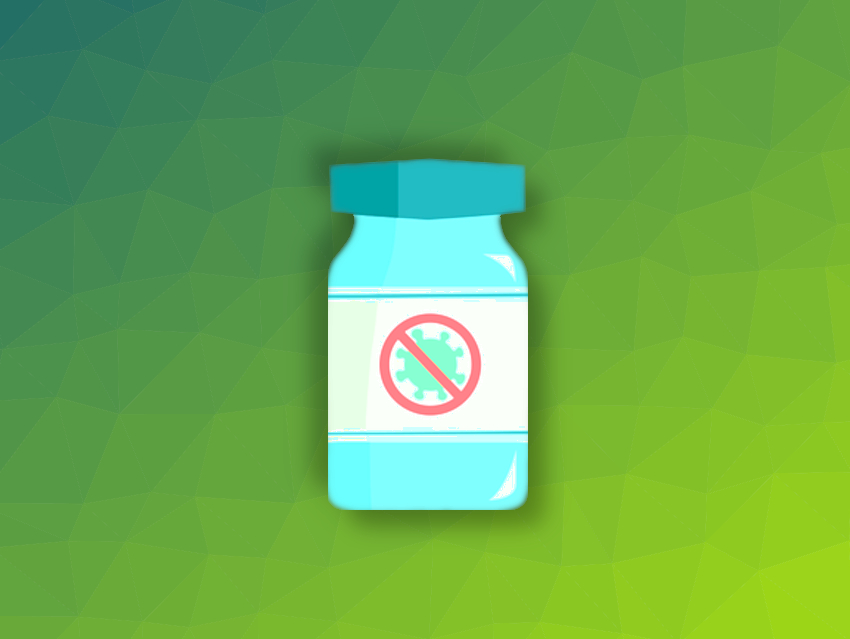Several vaccines against COVID-19 have proven safe and effective in clinical trials. Vaccines based on mRNA can provide some protection from severe disease as early as ten to twelve days after the first vaccination, when neutralizing antibodies are hardly detectable. Such effects could be due to T cells, which the immune system produces in addition to antibodies. T cells are a type of white blood cell. CD8+ T cells, or “killer T cells”, for example, are cytotoxic, i.e., they can kill virus-infected cells.
Robert Thimme, Christoph Neumann-Haefelin, Maike Hofmann, University of Freiburg, Germany, and colleagues have investigated at what time initial immune protection is established after vaccination with an mRNA-based vaccine and how the reactions of the various components of the human immune system develop over time. The team collected blood samples from 32 volunteers in intervals of a few days, starting before their first vaccination and continuing up to 120 days after their second vaccination.
In the majority of subjects, an increase in CD8+ T cells tailored to the SARS-CoV-2 spike protein could be detected as early as six to eight days after the first vaccination, with a peak after nine to twelve days. After the second vaccination, the number of CD8+ T cells increased again. Only after the second dose, neutralizing antibodies could be detected in quantities large enough to prevent the virus from invading cells. This means a complete vaccination with two doses of the mRNA vaccine is still important for adequate protection against infection. Further studies are still needed to show how long protection lasts after the second vaccination and when a third vaccination—possibly adapted to new virus variants—might be necessary.
- Rapid and stable mobilization of CD8+ T cells by SARS-CoV-2 mRNA vaccine,
Valerie Oberhardt, Hendrik Luxenburger, Janine Kemming, Isabel Schulien, Kevin Ciminski, Sebastian Giese, Benedikt Csernalabics, Julia Lang-Meli, Iga Janowska, Julian Staniek, Katharina Wild, Kristi Basho, Mircea Stefan Marinescu, Jonas Fuchs, Fernando Topfstedt, Ales Janda, Oezlem Sogukpinar, Hanna Hilger, Katarina Stete, Florian Emmerich, Bertram Bengsch, Cornelius F. Waller, Siegbert Rieg, Sagar, Tobias Boettler, Katharina Zoldan, Georg Kochs, Martin Schwemmle, Marta Rizzi, Robert Thimme, Christoph Neumann-Haefelin, Maike Hofmann,
Nature 2021.
https://doi.org/10.1038/s41586-021-03841-4
Also of Interest
- Collection: SARS-CoV-2 Virus
What we know about the new coronavirus and COVID-19




